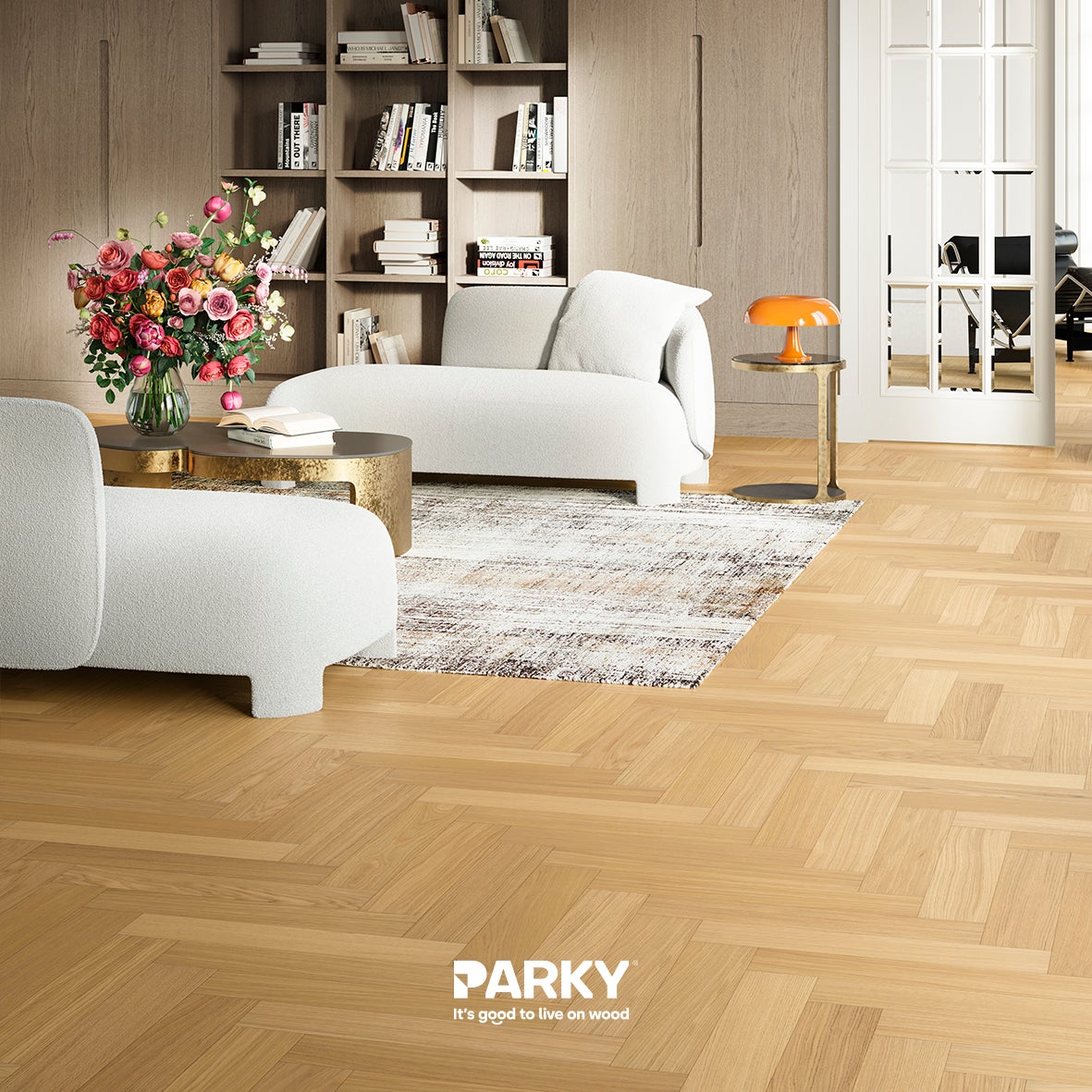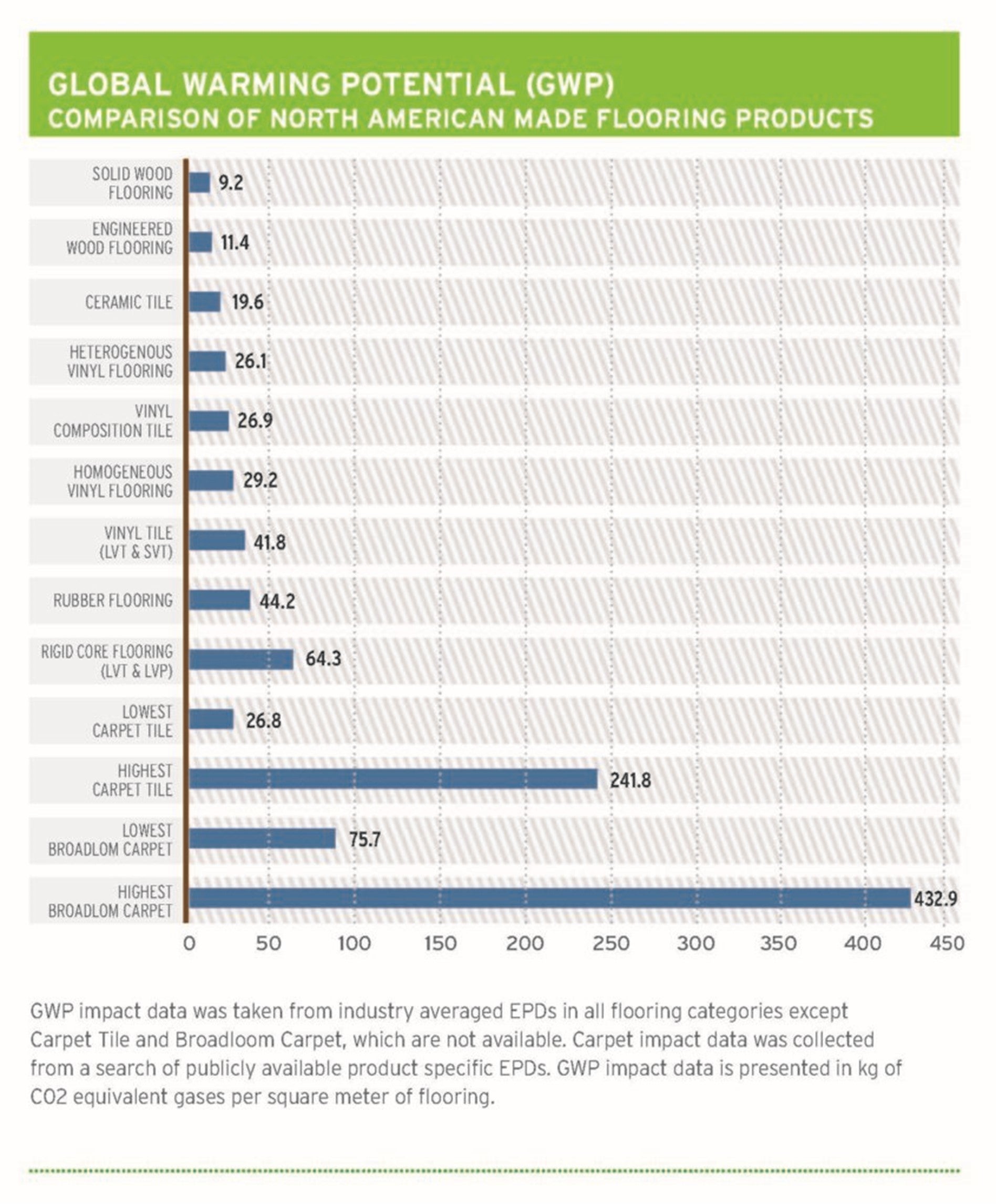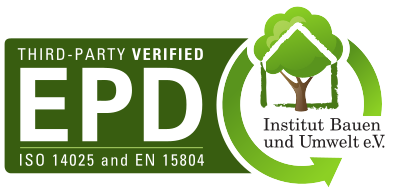- date
11 October 2023
- tag
Why wood

By working with and respecting the value of wood, a renewable resource, sustainability has always been an integral part of the Decospan DNA. First and foremost, Decospan is FSC® (FSC-C095327) and PEFC (PEFC/07-32-60) -certified and is committed to responsible forest management. The company has also evolved across all aspects to maintain that green mindset, as explained here in more detail.
To continue growing in this aspect, we pride ourselves on a thorough approach. An important step to determine the impact of our ecological footprint is to measure it. This is done through an Environmental Product Declaration (EPD), creating a baseline to monitor and improve the effect of our products on the environment.
What’s an EPD?
An Environmental Product Declaration is a verified and registered document that provides transparent information about the environmental impact of a particular product. The foundation of an EPD lies in a thorough life cycle assessment (LCA), allowing you to evaluate a product’s environmental performance throughout the course of its lifetime – from raw material to manufacturing, transportation, use and disposal. It’s compliant with the international ISO 14025 and EN 15804+A2 standards.
A new era for our Parky floors
We’ve got good news: the EPDs for our Parky floors are officially approved and published by Institut Bauen Umwelt (IBU) and are publicly available in the IBU database. This milestone takes us another step in the right direction toward a more sustainable future. To celebrate this breakthrough, it’s important to understand the contents of an EPD.
Pictures section

Within an EPD you’ll find, among other things, the environmental impact on:
- Atmosphere
- Water
- Earth (fossil resources)
Due to the Paris Agreement, there’s currently a strong focus on the Global Warming Potential. During the product stage, our Parky floors are carbon negative. This implies that the CO2 stored in wood as a natural and renewable raw material is higher than the CO2 emissions generated during production. Out of all Parky products, our Deluxe+ with integrated cork underlay scores best, as cork is a material that also absorbs and stores CO2.
At the end of our floors’ lifecycle stage, we’ve chosen to calculate the Global Warming Potential using a worst-case scenario. The EPD assumes products are disposed of through incineration (with energy recovery). These are processed according to applicable disposal regulations. At this point, our Parky floors become carbon positive.
Below, you can find an overview of the Global Warming Potential for the different collections.
It’s one thing to go into details, but it’s also important to see the bigger picture. How does the EPD of multilayer parquet score on the market? The National Wood Flooring Association (NWFA) released a market comparison on a selection of flooring product EPDs. As you can see on the graph below, engineered wood flooring – the category for our Parky floors – scores second best across all flooring products. This makes it one of the most environmentally friendly floors to consider using, since products that store CO2 are one of the more efficient ways to mitigate climate change.

The future holds promising transformations and innovations – so watch this space as Decospan continues to embrace sustainability for a cleaner, greener world.
Want to receive regular updates of what’s happening at Decospan? Subscribe to our periodical newsletter.



